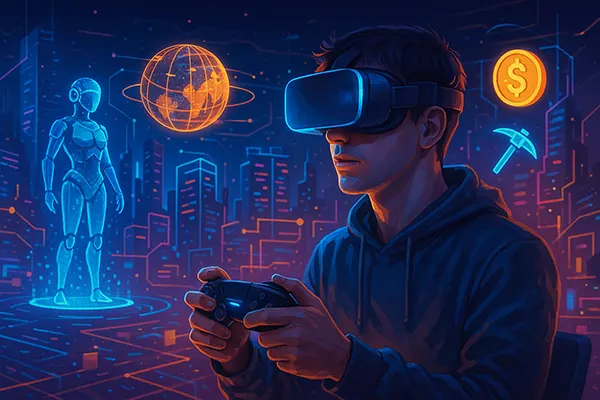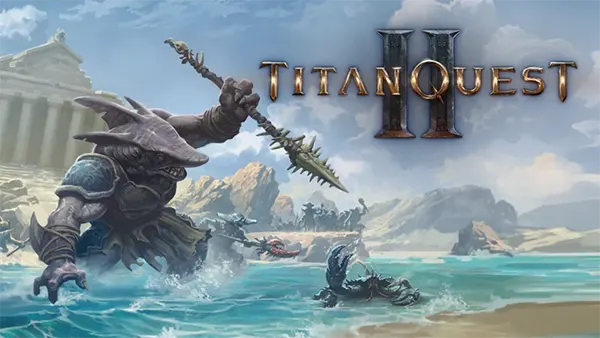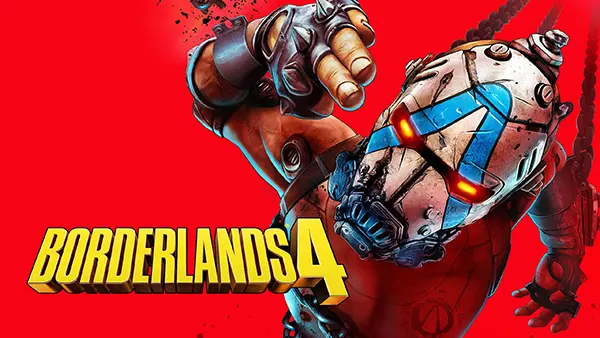
Latest Trends in P2E Games: Can the Metaverse Reach a New Level?
The world of play-to-earn (P2E) games continues to evolve rapidly, driven by the convergence of blockchain technology, NFTs, and the ever-expanding metaverse. As gaming enthusiasts and developers push the boundaries of what is possible, new trends emerge that promise to redefine the way we perceive digital ownership, gaming economies, and virtual interactions. In this article, we will explore the most significant trends shaping P2E games and assess whether the metaverse is poised to reach a new level in 2025.
Expanding Use of Blockchain Technology in P2E Games
Blockchain technology remains at the heart of P2E games, enabling secure and transparent transactions while granting players true ownership of their in-game assets. In 2025, blockchain adoption continues to surge, with more game developers integrating decentralized networks to enhance user engagement and ensure fair revenue distribution.
One of the major trends is the shift towards multi-chain support, allowing games to leverage multiple blockchains simultaneously. This approach mitigates the risk of congestion and reduces transaction costs, thereby fostering a more seamless gaming experience. Games like “Axie Infinity” and “Gods Unchained” are prime examples of titles capitalising on blockchain interoperability.
Moreover, blockchain-powered governance models are becoming more prevalent, granting players voting rights on game updates and ecosystem changes. This democratization of game management enhances community loyalty and positions players as active stakeholders in the P2E ecosystem.
Integration of NFTs with Enhanced Utility
Non-fungible tokens (NFTs) have long been synonymous with digital collectibles in P2E games. However, the trend in 2025 shifts towards NFTs with practical utility beyond mere ownership. Players now seek NFTs that offer tangible benefits within the game, such as enhanced abilities, exclusive access to game modes, or even governance privileges.
For instance, some games introduce dynamic NFTs that evolve based on gameplay achievements, allowing for a personalized and evolving gaming experience. Such innovations not only increase player retention but also drive secondary market value as unique NFTs become more sought after.
The use of NFTs as in-game currencies also rises, providing players with a decentralized economy that mirrors real-world financial systems. By enabling trade and investment within the gaming ecosystem, NFTs serve as the backbone of thriving virtual economies.
Enhanced Social Interactions in the Metaverse
The metaverse is more than just a virtual space; it is an interconnected social experience. As P2E games evolve, the focus shifts towards creating immersive social hubs where players can interact beyond gameplay. This includes virtual events, community gatherings, and collaborative quests that foster a sense of belonging.
Games are increasingly offering customizable avatars and digital spaces where players can host virtual meetups or showcase their NFT collections. The social aspect becomes a fundamental part of the gaming experience, merging social media and interactive gameplay into a cohesive whole.
The metaverse’s potential lies in its ability to seamlessly blend gaming with real-life socialization, making it a versatile platform for both entertainment and community engagement.
Community-Driven Content Creation
Another emerging trend is the involvement of players in content creation within P2E games. By providing user-friendly development tools, games empower their communities to design skins, build environments, and even script new game modes. This participatory approach not only enriches the game world but also fosters creativity and a sense of ownership.
For example, platforms like “The Sandbox” and “Decentraland” enable users to monetize their creations through NFT marketplaces. This integration of player-generated content helps maintain game relevance while rewarding creative contributions.
Such initiatives reinforce the metaverse’s ethos of being shaped by its users, creating a dynamic and ever-evolving digital landscape.

The Future of P2E: Challenges and Opportunities
Despite the promising developments, P2E games face significant challenges, primarily related to scalability, regulation, and user adoption. High transaction fees on popular blockchains remain a barrier, pushing developers to seek alternative solutions like layer-2 networks or less congested blockchains.
Regulatory scrutiny is also intensifying, as governments and financial authorities investigate the economic implications of P2E ecosystems. Establishing a balance between innovation and compliance will be crucial to the long-term success of P2E projects.
Nevertheless, the opportunity for P2E games to revolutionize digital economies remains strong. As technology matures, the focus will shift towards creating more inclusive and accessible gaming environments, attracting both casual gamers and dedicated players alike.
Metaverse Integration with Real-World Applications
To sustain growth, P2E games are increasingly incorporating real-world applications, such as partnerships with brands and collaborations with traditional gaming studios. These integrations create hybrid experiences that merge physical and digital realms, blurring the lines between gaming and everyday activities.
For instance, some games now feature NFT-based merchandise linked to real-world products, allowing players to purchase both digital and physical items in one transaction. This dual-use model appeals to collectors and gamers who value tangible connections between virtual and real-world assets.
The metaverse’s success will depend on how well it adapts to real-world integration, balancing immersive experiences with practical applications that resonate with broader audiences.


